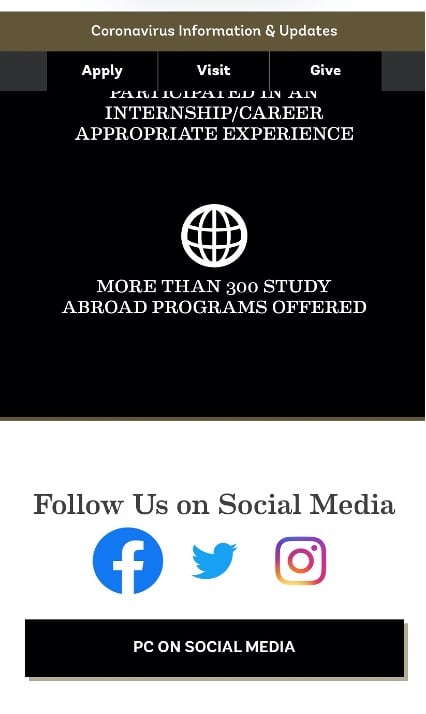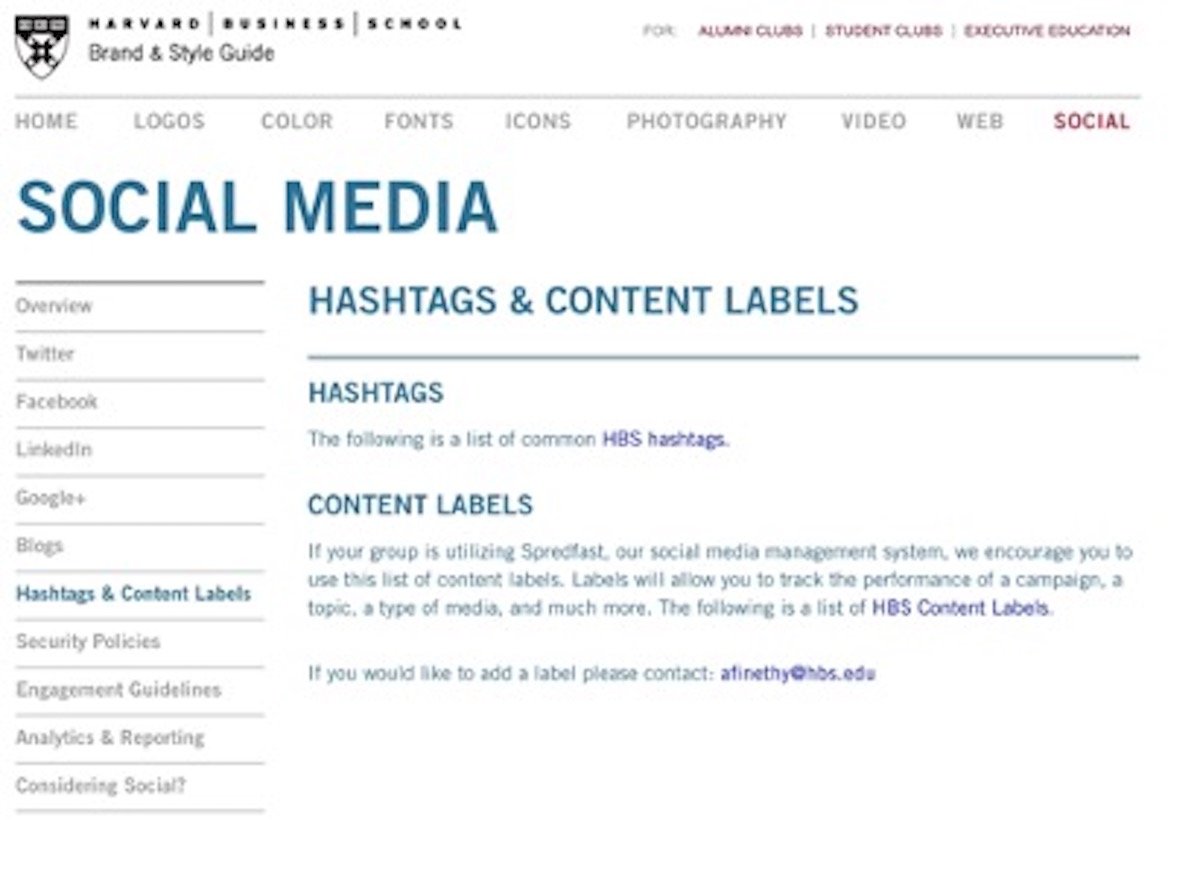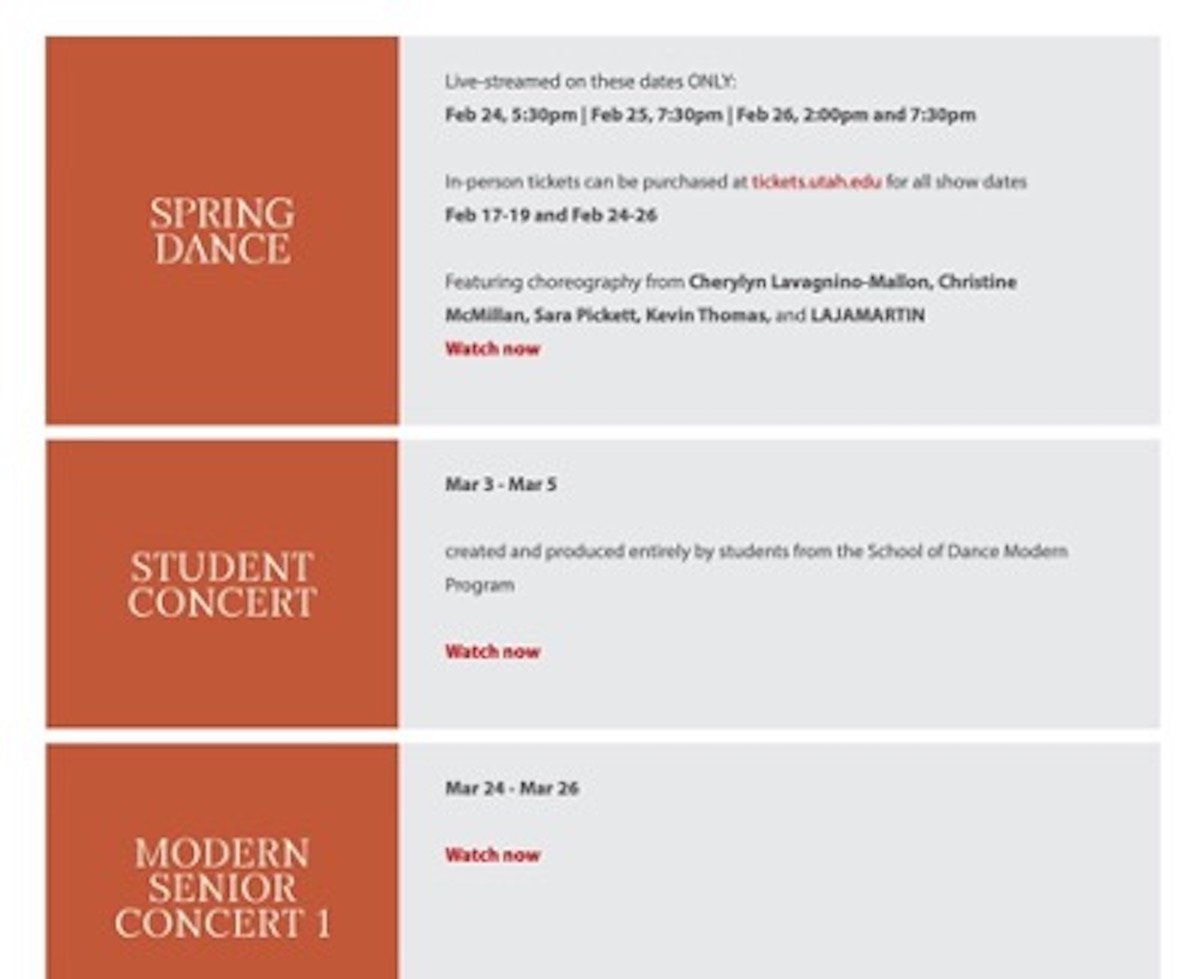7 growth marketing strategies higher education is missing out on.
In the wake of Covid-19, enrollment professionals across the country are fighting declines in enrollment. With fewer students choosing to pursue higher education, you can not afford to lose potential students because of poor marketing strategies or missed opportunities.
Traditional marketing strategies can leave gaps of untapped potential. Here we explore 7 marketing strategies to implement today and how to make them most effective.
Strategies to focus on implementing now to boost your reach
1. Mobile-friendly website
92% of college students are under age 24 which means that the majority of the prospective students shopping for a university are between 16 and 24. Up to 80% of internet users access the internet on a smartphone, and those that use a smartphone to access the internet are more likely to visit a narrower selection of sites.
What does this mean when it comes to higher education marketing? First and foremost, you need a mobile-friendly website. The mobile version of your site should include content consistent with the desktop version of your site but optimized for a small touch screen. Highlighting call to action buttons such as apply, visit, frequently asked questions, explore degrees, etc can encourage prospective students to click and explore more.
Your mobile site should include links to social sites and invitations to follow your university on Instagram, Youtube, and Facebook.

2. Quality Content
Internet users aged 18-24 primarily use Instagram, Snap and Youtube when it comes to social media, meaning they are accustomed to consuming high volumes of video, audio, and photographic content along with text.
How can you use this to drive your marketing strategy? You don’t just need content for your website; you need to create high-quality, engaging, multimedia content.
This is good news! You have an entire campus to show off, a catalog of classes and degree programs to capture, and a whole cast of current students to shine your spotlight on.
Your video content can highlight campus life, offer a tour of a dorm, feature student ambassadors, and include interviews with faculty.
Do you have student artists on campus? Create an interactive virtual gallery that website visitors can explore.
3. Social media
Given the internet use trends of a large proportion of your audience, Instagram is a digital marketing goldmine. The user-generated content aspect of Instagram also makes it an ideal platform to increase social media engagement without requiring you to produce additional content. You have a whole student body of content creators.
By encouraging current students to post and tag your university, they push your brand into their own network, likely one full of peers who might be potential future students.
Current students can be influential social media ambassadors. You can encourage social media engagement with account takeovers, featured students or faculty, and alumni success stories.

4. Hone your brand across departments
A challenge higher education institutions face when it comes to marketing is a decentralized brand presentation. If every college at your university builds their own department page, how are you making sure your brand is being presented consistently?
Establishing guidelines for digital marketing strategy is imperative to presenting your school’s brand consistently. Your brand identity is the face of your University, it builds trust with prospective students, and helps your school stand out by being recognizable.
5. Livestream events
While live streaming was popular before the pandemic, the past two years have made it almost compulsory. Streaming campus events such as sporting events, concerts, and plays is a great way to invite potential students to experience what your institution has to offer without the obstacle of travel.
6. Email marketing
We know email marketing in higher education works. If you are not using this powerful tool, it is time to start.
This is not just generic “blast” emails; it is personalized, targeted, and relevant communication with clear calls to action meant to meet potential students at the various points throughout their pre-enrollment process.
With a few simple tricks, email marketing can start working for you with just a fraction of your marketing efforts and budget.
7. SEO and blogging
Search engines are a common starting point for students beginning their hunt for higher education institutions which means taking some time to make sure your site is search engine optimized is important.
Search engine optimization, or SEO, is making sure the language on your site matches the language students are searching with so that search engines find your site.
While students are accustomed to high-quality video content, research shows that over half of students visiting university websites find text to be more important in their decision-making process. Making sure your text matches the search language and offers value to your students can have a significant impact on prospective students' impression of your school.
Start with the content you already include on your site such as degree program descriptions and course catalogs.
You can increase your text reach by including blogs. Short and long-form content that focuses on particular aspects of campus life, highlights alumni success or addresses concerns of incoming students can all help increase your organic traffic.
By elevating your digital marketing strategies in these 7 areas you can optimize your marketing campaigns to reach more potential students and boost conversion.
Higher education advertising is evolving. Take advantage of social media platforms as a powerful tool to broaden the reach of your brand. Produce high-quality print and multimedia content to drive traffic to your university’s site and shepherd prospective students through their college search.

